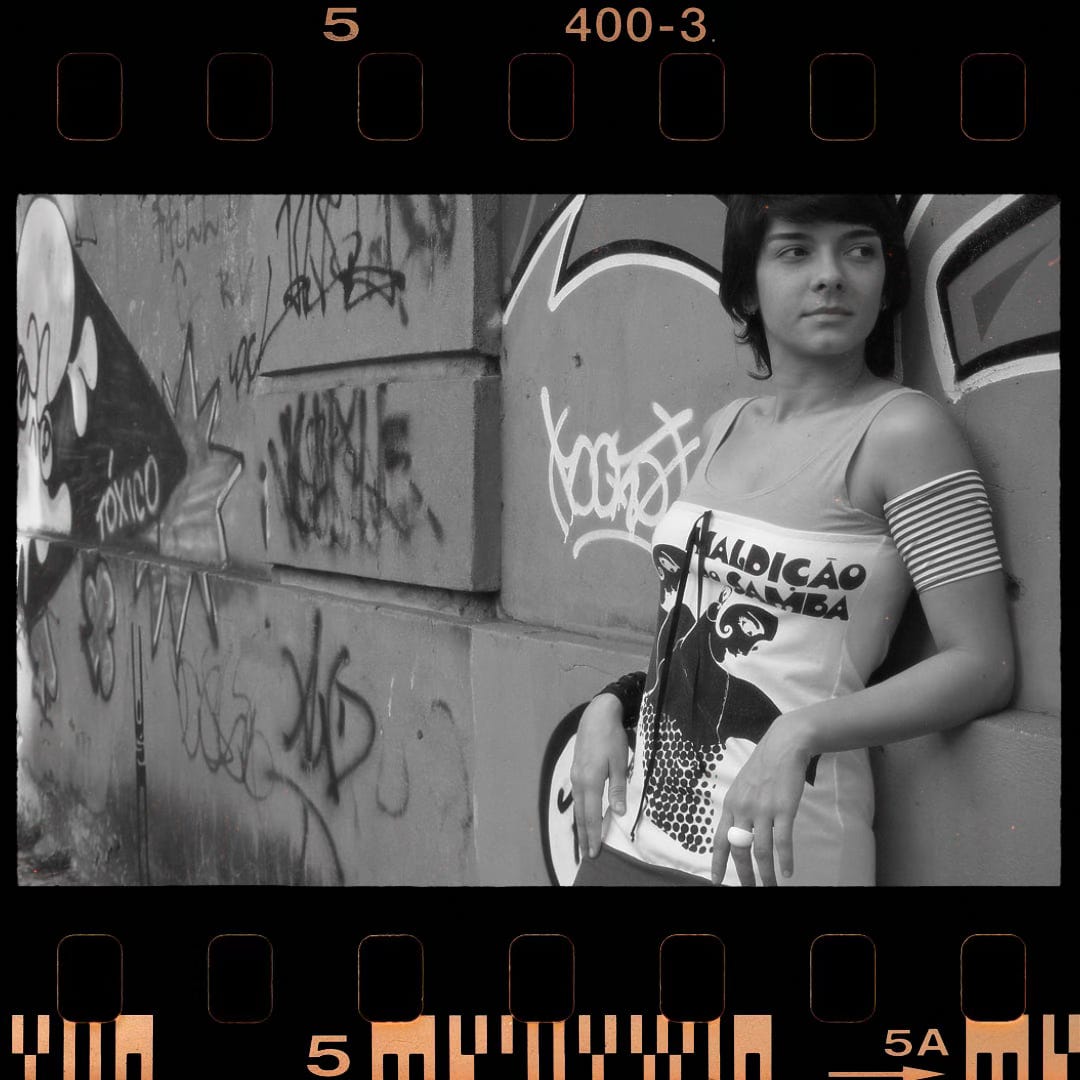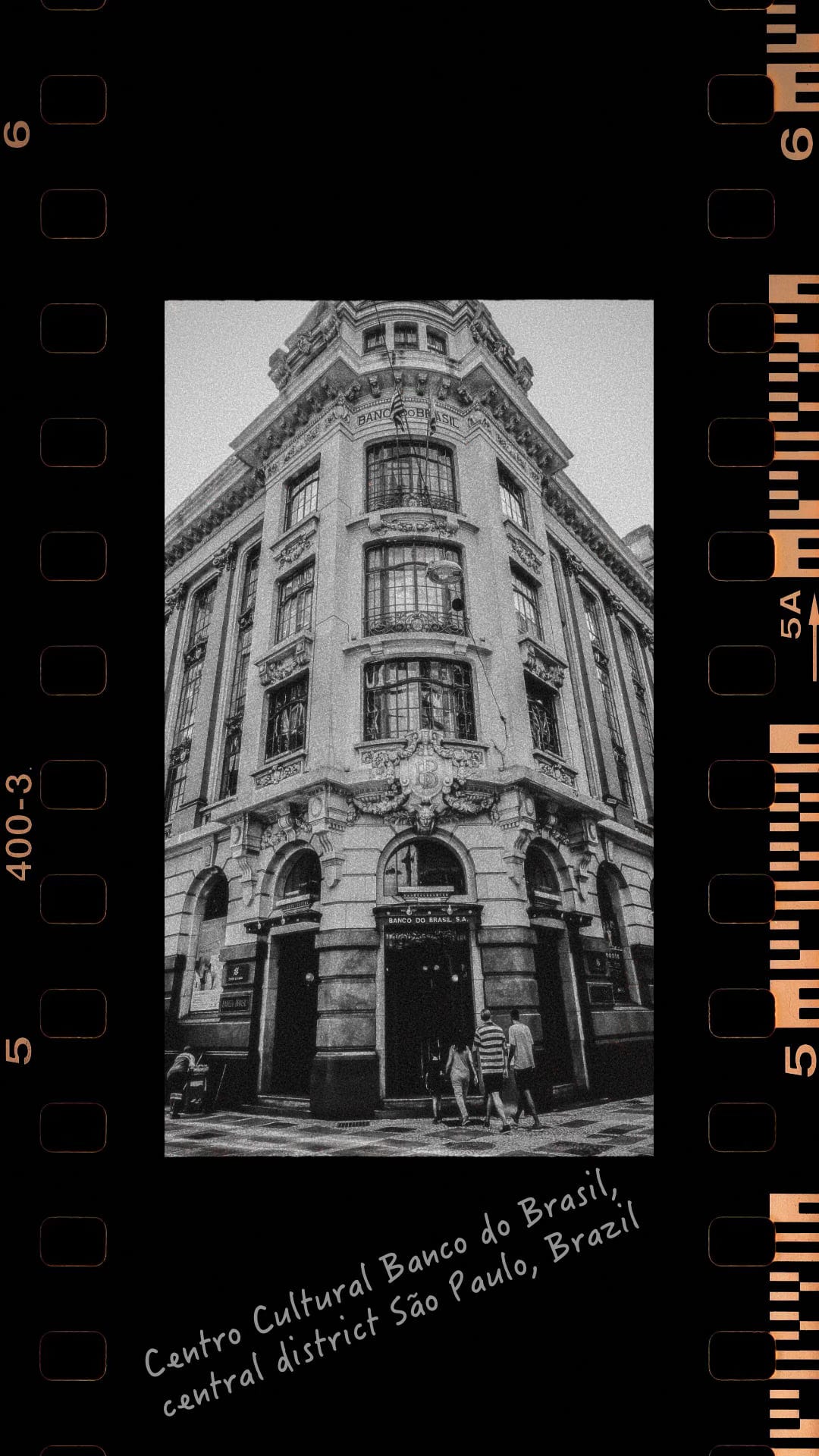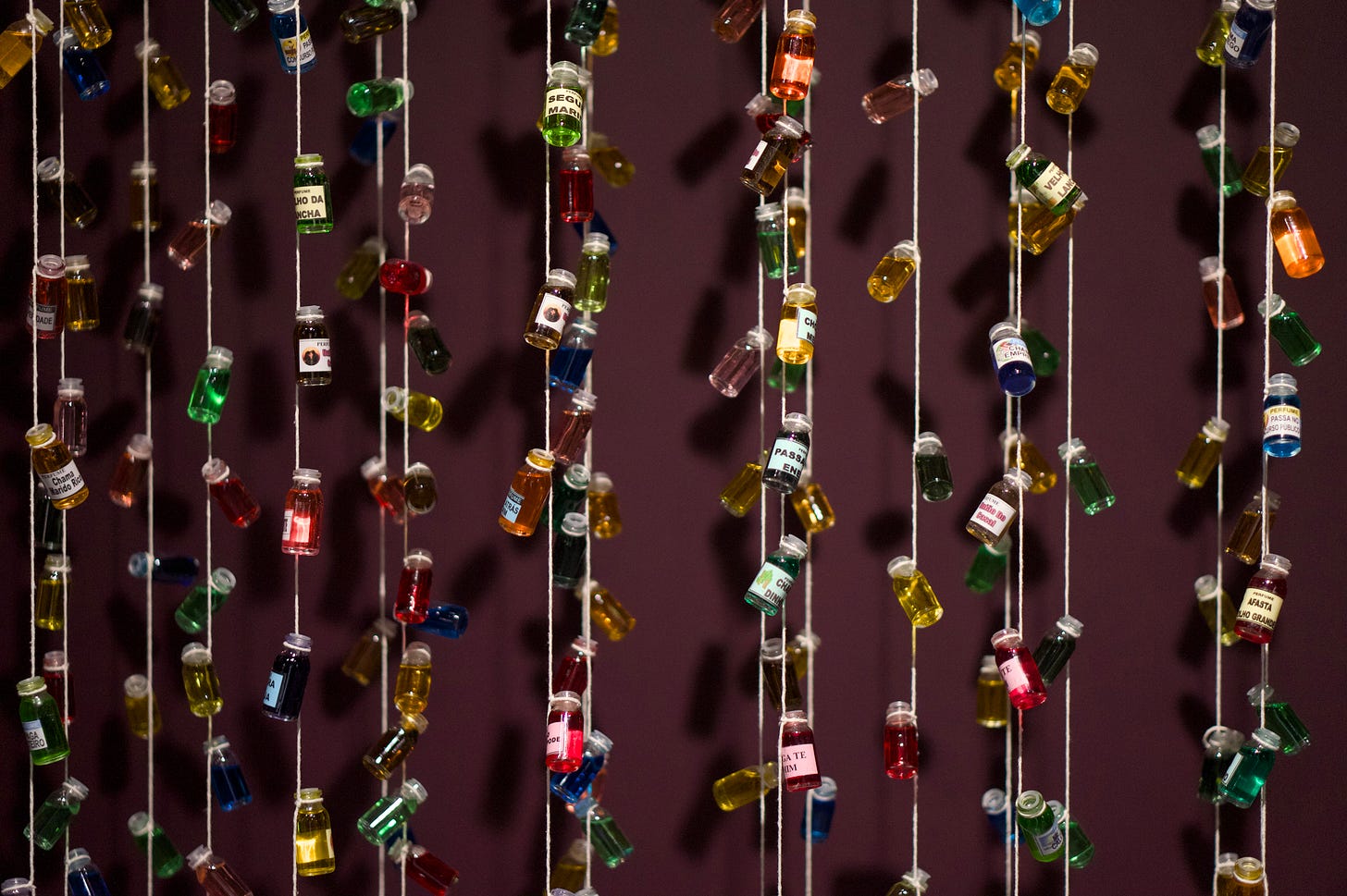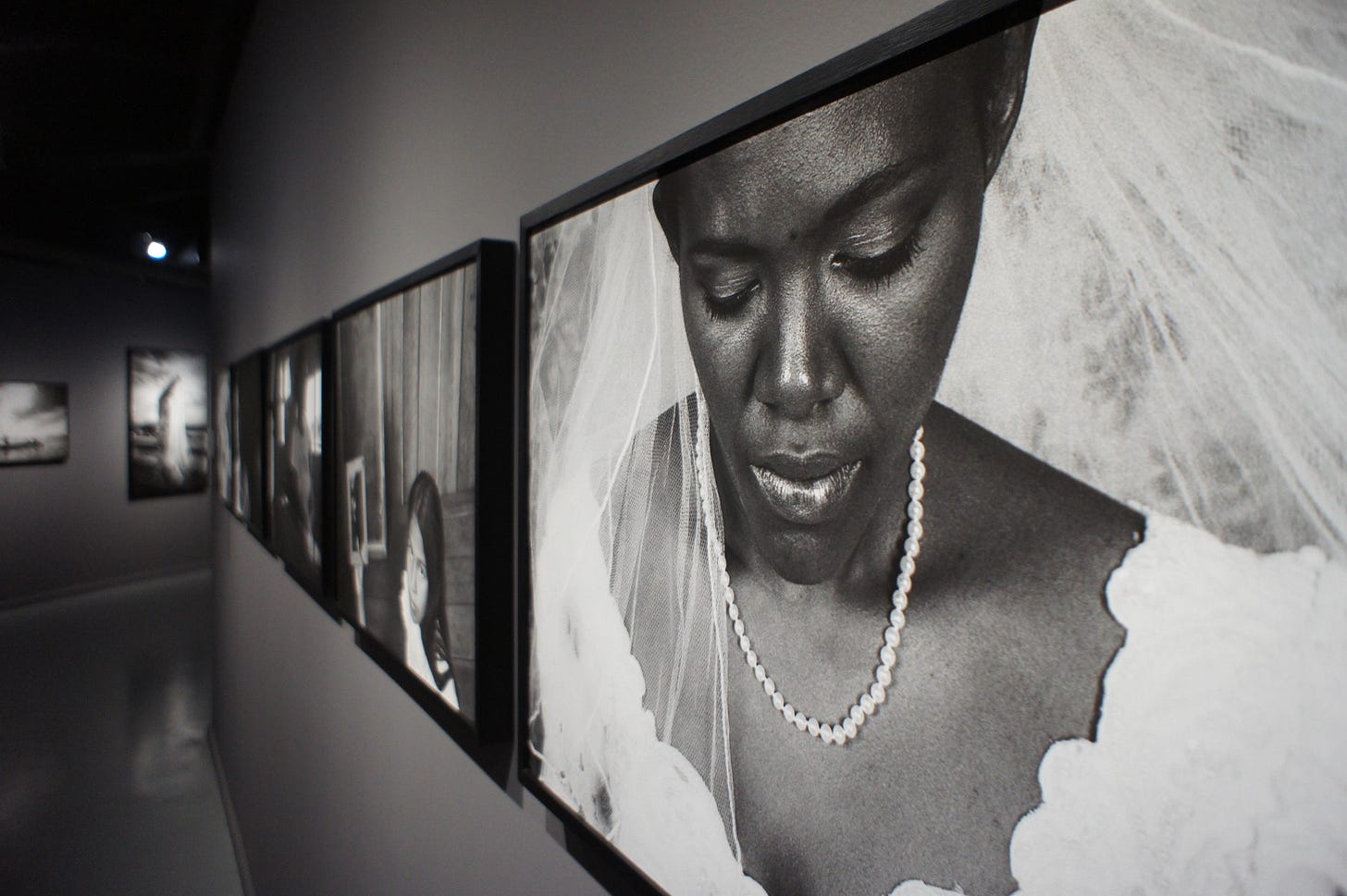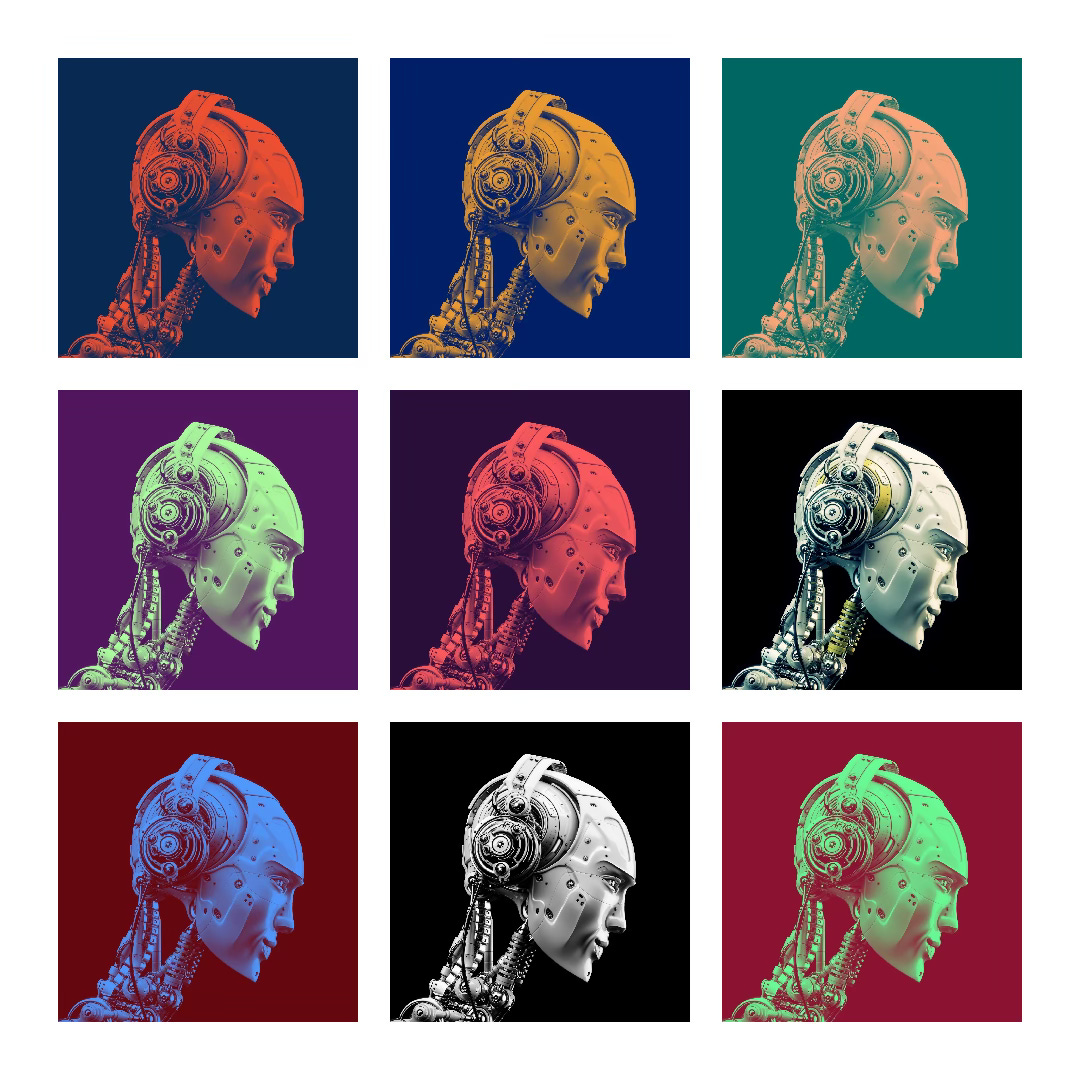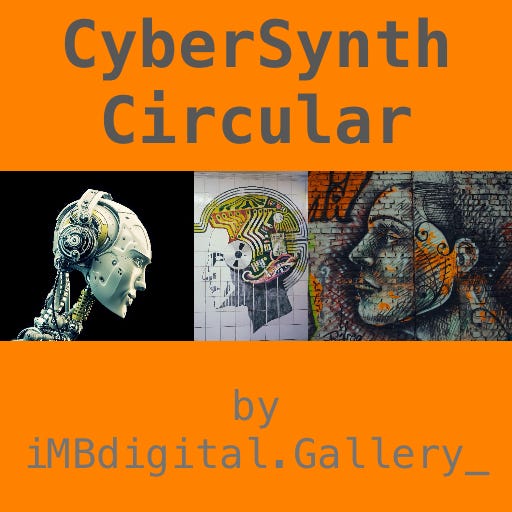Vectors-Vertentes | The Visual Power of Photographers from the Pará Amazon at CCBB São Paulo
Between March 8 and May 5, 2025, the Centro Cultural Banco do Brasil (CCBB) São Paulo presents the exhibition “Vetores-Vertentes: Photographers from Pará", Brazilian Amazon.
Preface
Between March 8 and May 5, 2025, the Centro Cultural Banco do Brasil (CCBB) São Paulo presents the exhibition “Vetores-Vertentes: Photographers from Pará”, a significant milestone in the appreciation of female photographic production from the Brazilian Amazon region. The exhibition, curated by Sissa Aneleh, brings together for the first time three generations of women photographers from Pará, revealing a unique and powerful perspective on the identity, territory and memory of this diverse and complex region of Brazil.
With approximately 170 works spread over five floors of the building, including photographs, photographic proposals, art journals, videos and audios, this exhibition provides an immersive and multi-sensory experience that reveals the extraordinary contribution of women to contemporary Amazonian visual culture.
An Unprecedented Overview of Amazonian Women's Photographic Production
The exhibition “Vectors-Vertentes: Female Photographers from Pará” represents a historic milestone in bringing together, for the first time, artists from three different generations in a group exhibition, presenting more than 40 years of female photographic production from the northern region of Brazil. The time frame spans from the 1980s to 2020, highlighting the aesthetic and thematic evolution of this visual production that confronts and broadens our perceptions of the Brazilian Amazon.
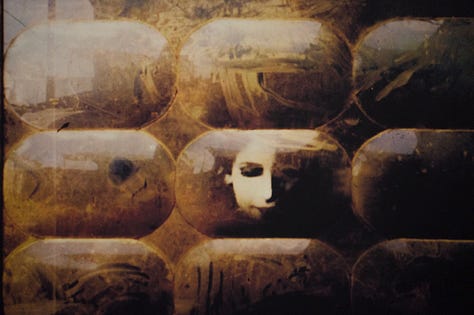
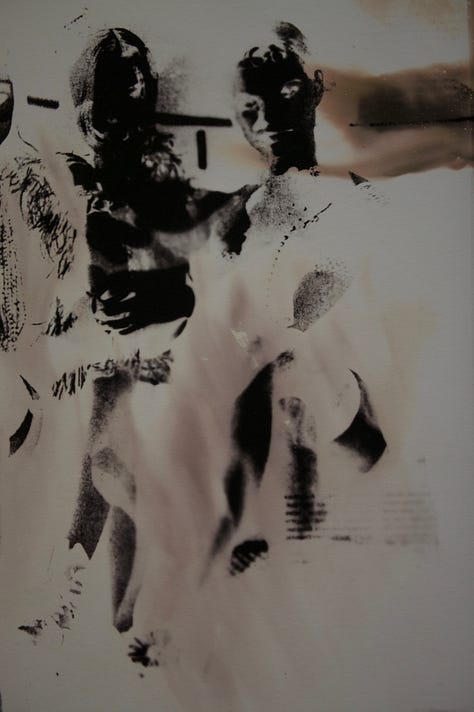
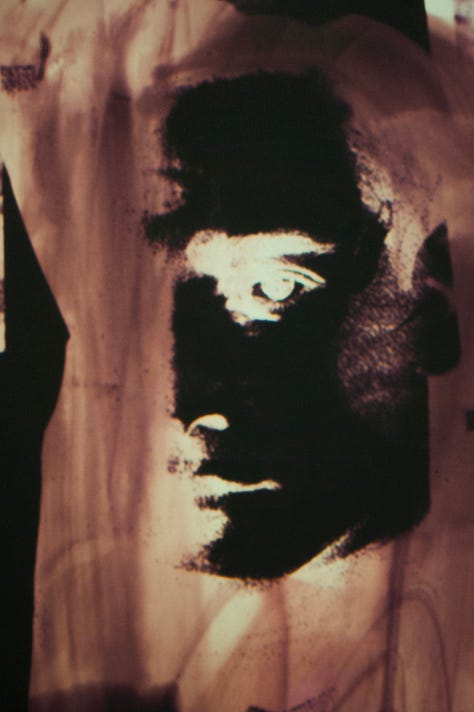
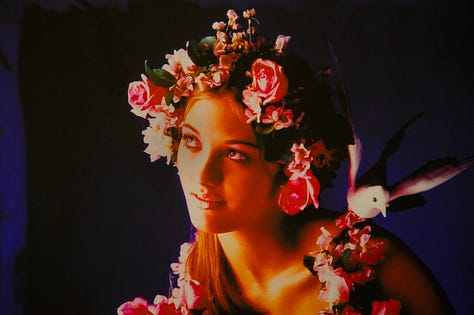
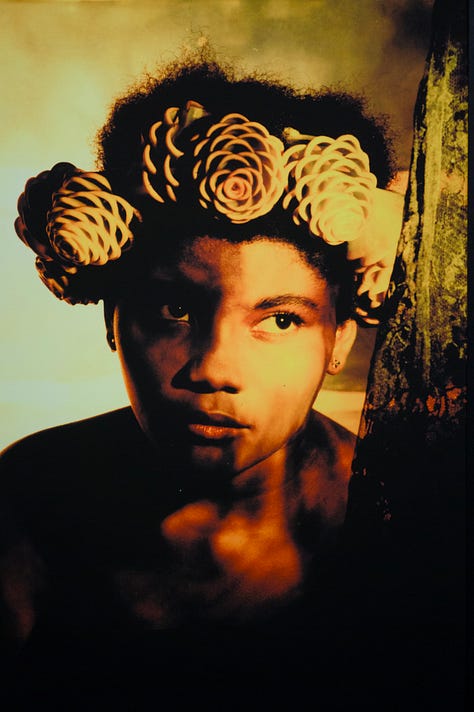
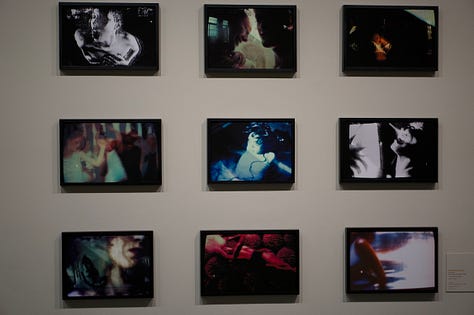
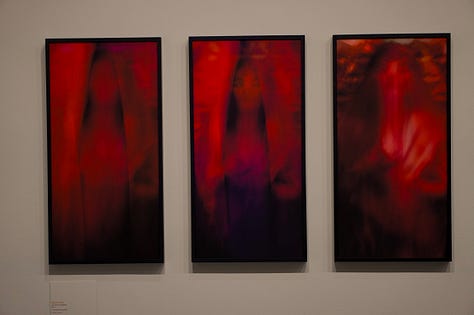
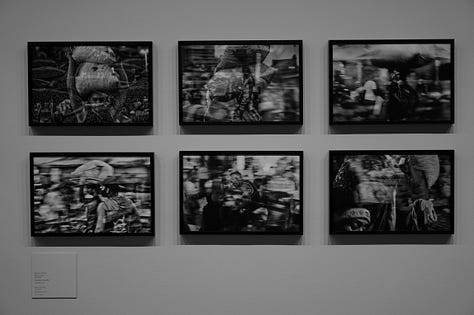
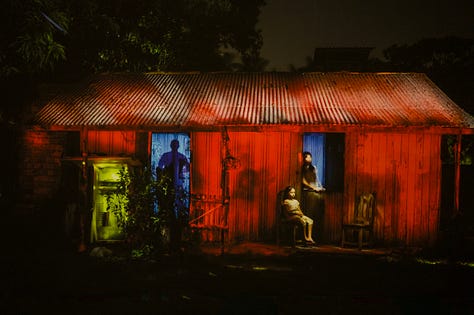
The exhibition route, spread over the five floors of the CCBB, provides a fluid and immersive experience that develops from the traditional to the experimental. Starting on the fourth floor and going down to the basement, visitors are guided through different languages and photographic approaches that express the multiple dimensions of the Amazonian experience. The exhibition is not limited to conventional photography, but incorporates emerging technologies such as expanded reality (XR), virtual reality (VR) and augmented reality (AR), creating a bridge between tradition and innovation.
A special highlight is the Icamiabas Installation, which offers visitors aromatic compositions that sensorially evoke the Nhamundá region in the Amazon, promoting a synesthetic experience that goes beyond the purely visual. This multi-sensory approach reflects the very complexity of the Amazonian experience, which cannot be reduced to the visual aspect alone.
Sissa Aneleh: A Decolonial and Engaged Curatorship
Curator Sissa Aneleh Batista de Assis brings to this exhibition not only her critical eye, but also her career as a researcher, university professor and visual artist. With a doctorate in progress on Women Artists from the North of Brazil from the University of Brasilia, Aneleh has spent more than a decade carrying out in-depth research into photography in the Northern Region, with a special focus on the role of women photographers in this historical and cultural context.
Aneleh's curatorial work is marked by a decolonial stance that questions the established canons of art and photography, prioritizing issues of gender and regionalism. As she herself explains:
“It was essential to bring a diverse representation, both generational and aesthetic. Photography by women in Pará challenges the boundaries between art, documentation and experimentation - it is an important tool of resistance and identity affirmation.”
Her main motivation seems to be to give visibility to historically marginalized voices and gazes, recognizing the transformative power of photography by Amazonian women. This exhibition consolidates years of research into women's contributions to the region's art, a central theme also in her academic research.
Cultural Impact and Historical Relevance
The CCBB, an institution whose main objective is to “broaden and democratize access to art and culture”, is offering this exhibition as an unprecedented opportunity for the public in Southeast Brazil to come into contact with the artistic production of Amazonian women. In a national context where the cultural production of the North and Northeast regions often receives less visibility on the major exhibition circuits, “Vetores-Vertentes” represents an important step towards decentralizing the view of Brazilian art.
The exhibition makes a significant contribution to the history of Brazilian photography by documenting and celebrating artistic production that records the Amazon from internal and female perspectives. This record is fundamental not only for expanding the national photographic canon, but also for preserving memories and perspectives that could be lost in a context of rapid environmental and social transformations in the Amazon region.
By bringing together different generations of female photographers, from the precursors of the 1980s and 1990s such as Bárbara Freire, Cláudia Leão, Leila Jinkings and Paula Sampaio, to contemporary artists, the exhibition builds a visual genealogy of Amazonian women, establishing continuities and ruptures in the way these women represent their territory and their experiences.
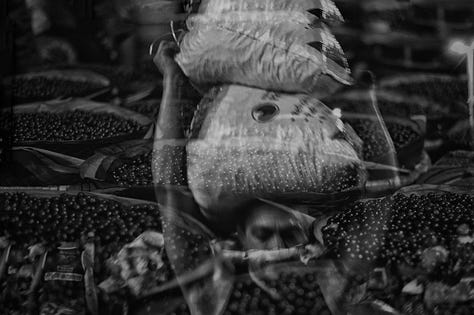
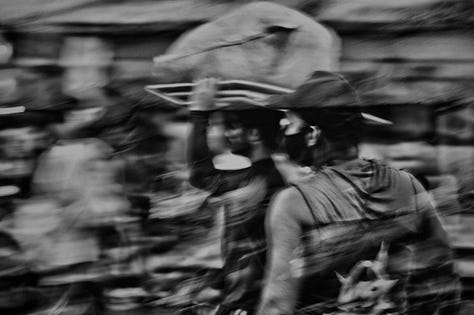
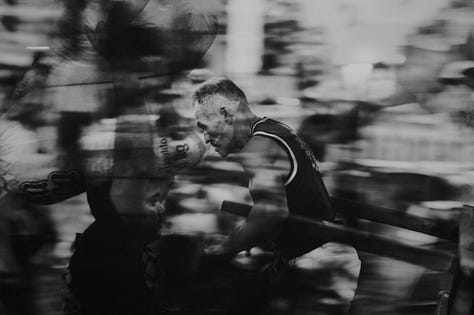
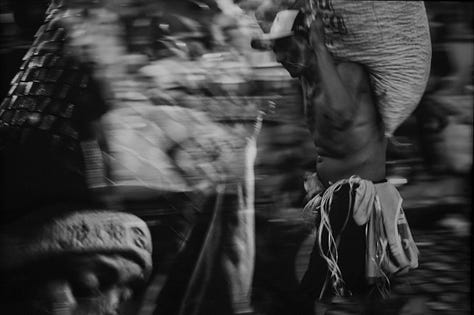
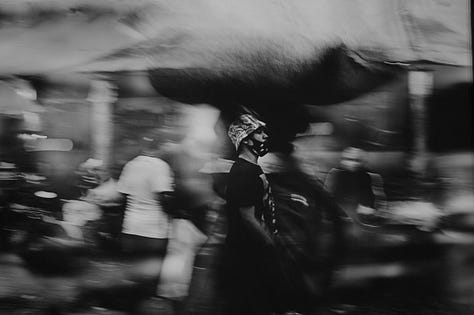
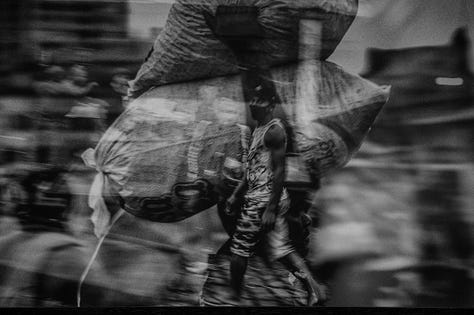
Identity, Territory and Memory: The Amazon Through Women's Eyes
The exhibition proposes fundamental reflections on identity, territory and memory from the perspective of 11 female photographers. Through their lenses, these artists capture not only the physical landscape of the Pará Amazon, but above all the complex human, cultural and social relationships that make up this territory.
Leila Jinkings' photograph “Canoa e Barra de Saia Vila Caraparu” (1984), mentioned as part of the exhibition, exemplifies the kind of gaze that documents everyday life in the Amazon from a sensitivity that understands local dynamics. The photographers document not only the exotic or spectacular, but above all the daily life, community relations and ways of life typical of the region.
The works on display provide a visual panorama of Pará that goes far beyond the stereotypes often associated with the Amazon. Through these photographs, the public can access historical memories, everyday experiences and the multifaceted geographical realities that make up the Amazonian cultural mosaic. Photography, in this context, functions both as a documentation of changing realities and as an autonomous artistic expression.
Narrative Autonomy and Visual Resistance
One of the most significant aspects of this exhibition is how it highlights “the importance of women's representativeness and autonomy in the construction of visual narratives that translate the cultural and social richness of the Amazon”. In a historical context where the Amazon has often been portrayed by external, colonizing and predominantly male gazes, the production of these photographers represents an important counter-narrative.
Their works challenge the boundaries between documentation, experimentation and artistic expression, functioning as tools of resistance and identity affirmation. By controlling their own visual narratives, these artists question stereotypical representations of the region and its inhabitants, offering more complex and nuanced perspectives.
In the work of photographers like Walda Marques and Nailana Thiely, for example, we find approaches that explore the female body and its marks as a territory of memory and resistance. These artists, as part of Sissa Aneleh's Amazon research, represent a movement of narrative autonomy that repositions the region's women as active subjects in the construction of their own visual histories.
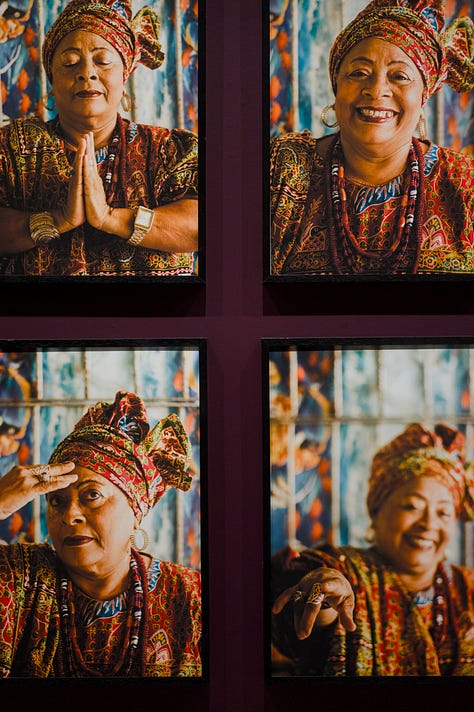
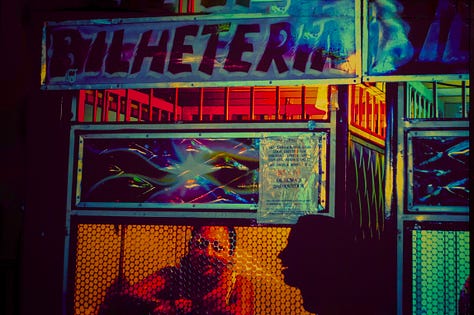
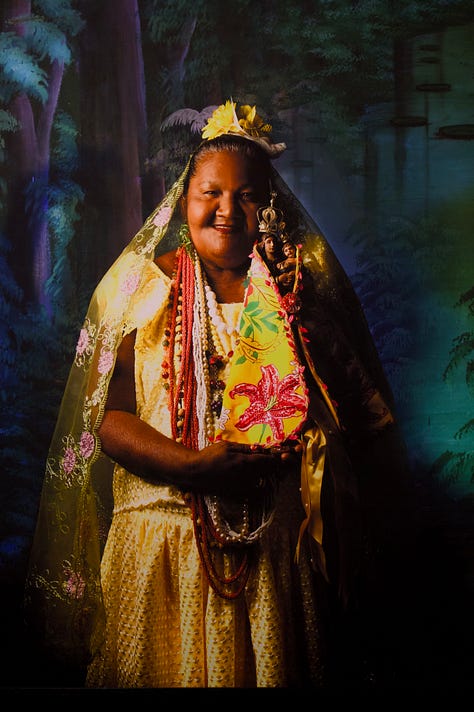
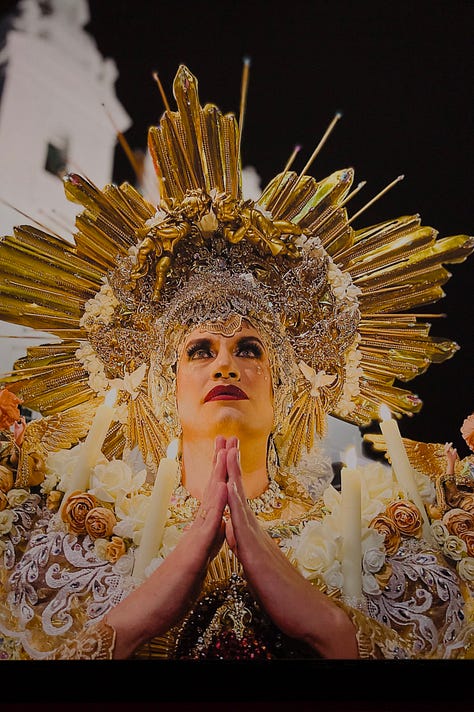
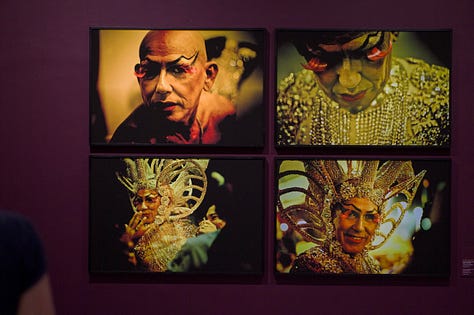
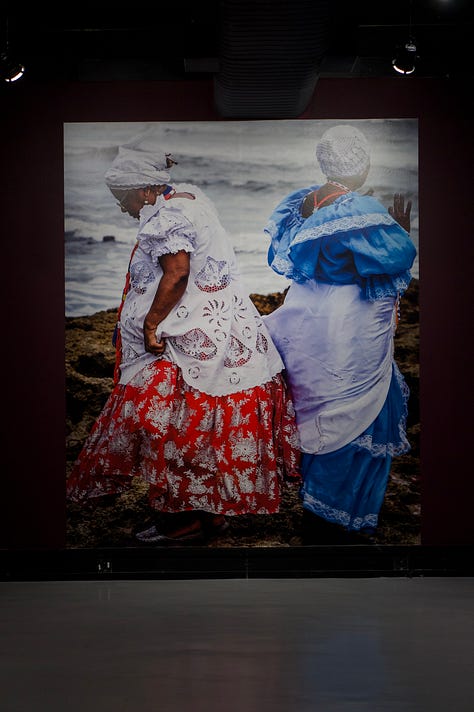
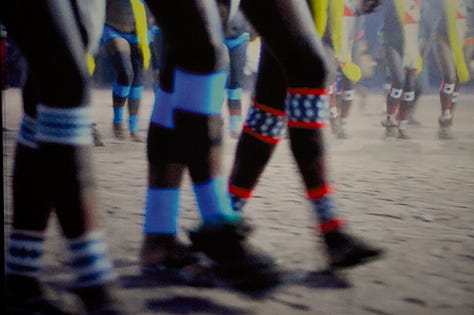
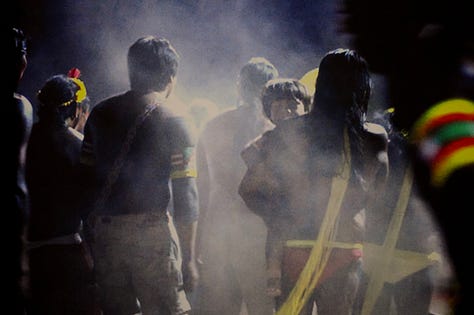
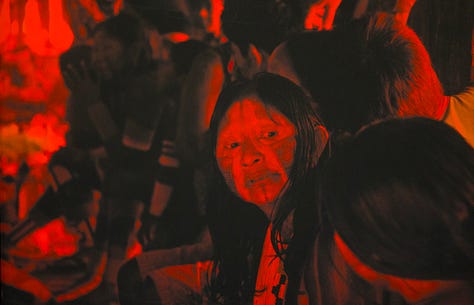
Technology and Tradition: Bridges to the Future
A particularly innovative aspect of the exhibition is the incorporation of emerging technologies such as expanded reality, virtual reality and augmented reality. These tools are not used as mere technological props, but as significant extensions of the photographic language, allowing new forms of immersion and interaction with Amazonian narratives.
The virtual reality film featuring indigenous women and ancestral scenery represents an important bridge between tradition and innovation, allowing indigenous knowledge and worldviews to be shared through new technological platforms. This approach suggests promising avenues for the preservation and transmission of traditional knowledge using contemporary tools.
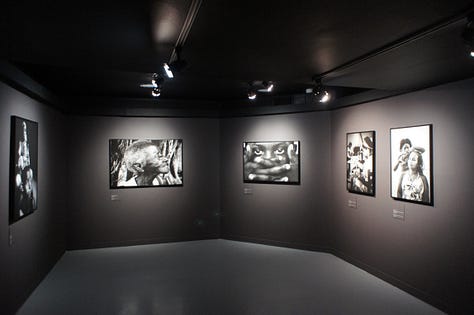
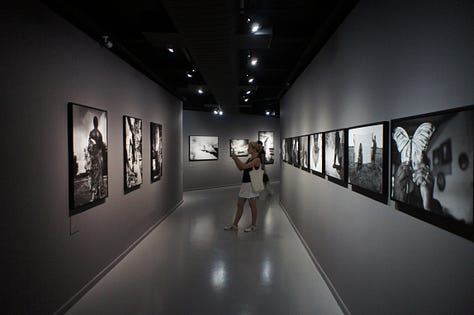
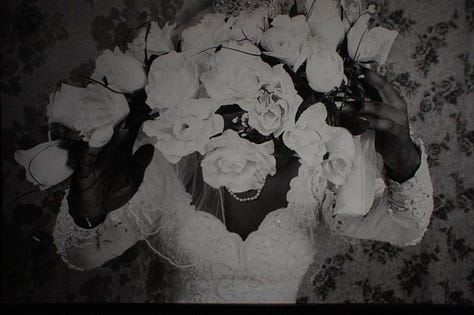
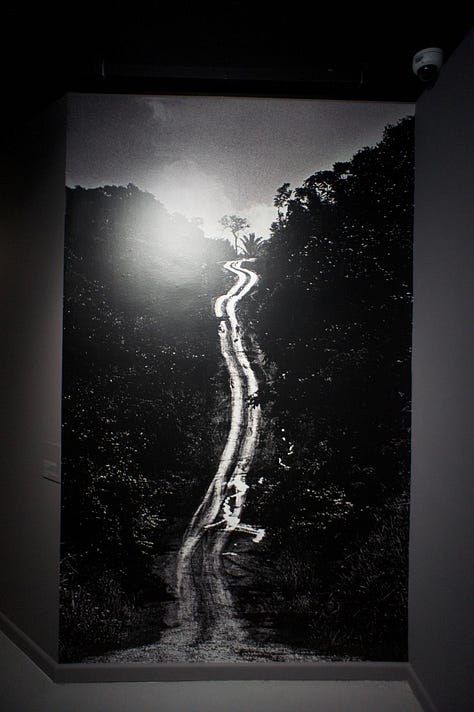
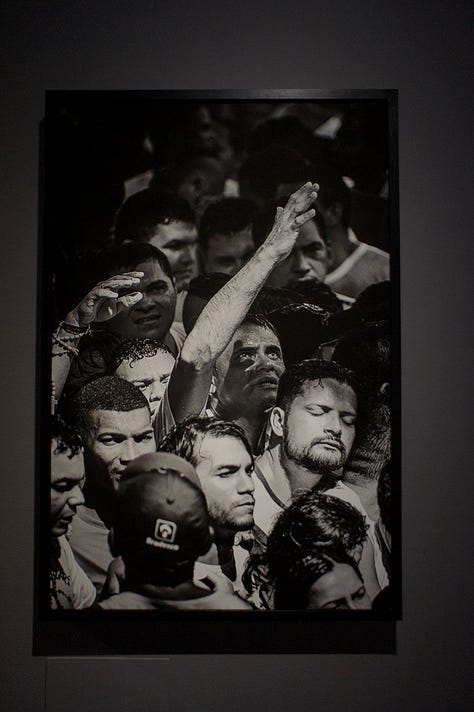
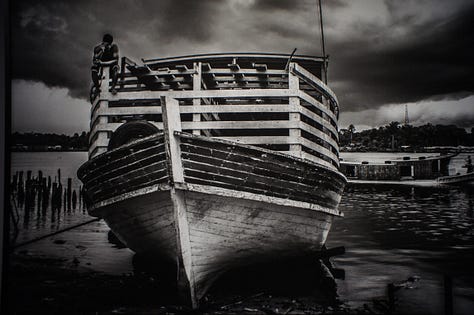
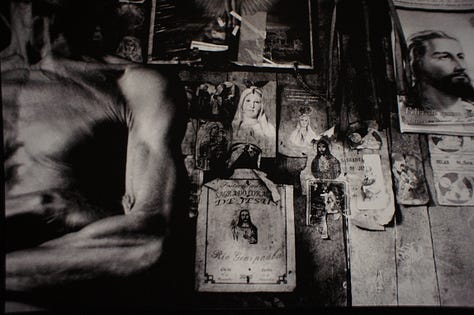
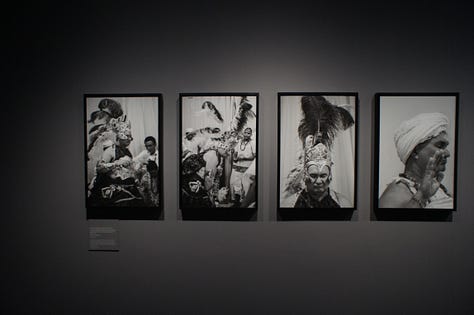
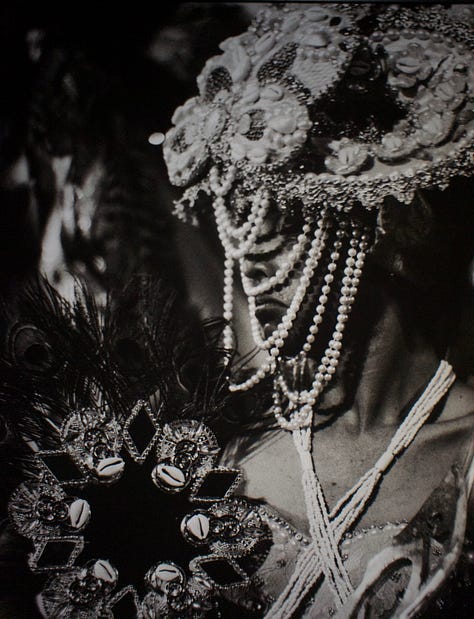
Conclusion | An Invitation to Encounter the Feminine Amazon
“Vectors-Vertentes: Photographers from Pará” represents much more than a photographic exhibition - it is an encounter with multiple Amazons seen and experienced by generations of women artists. By bringing these works together at CCBB São Paulo, the exhibition not only gives visibility to these artists, but also invites the public to rethink their own conceptions of the Amazon region, contemporary photography and the role of women in the construction of autonomous visual narratives.
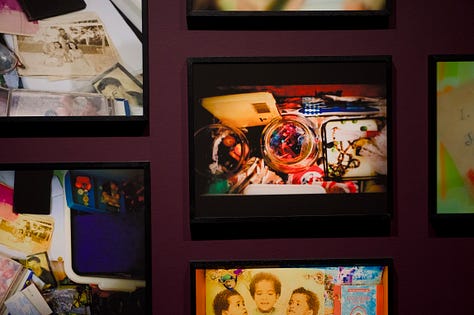
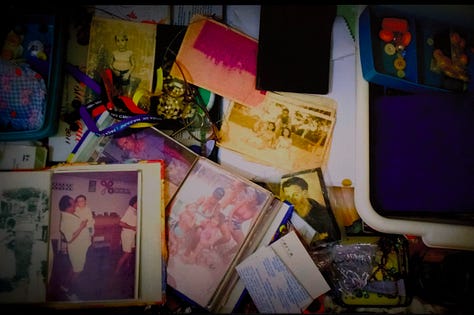
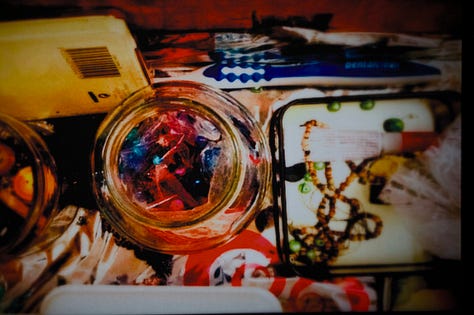
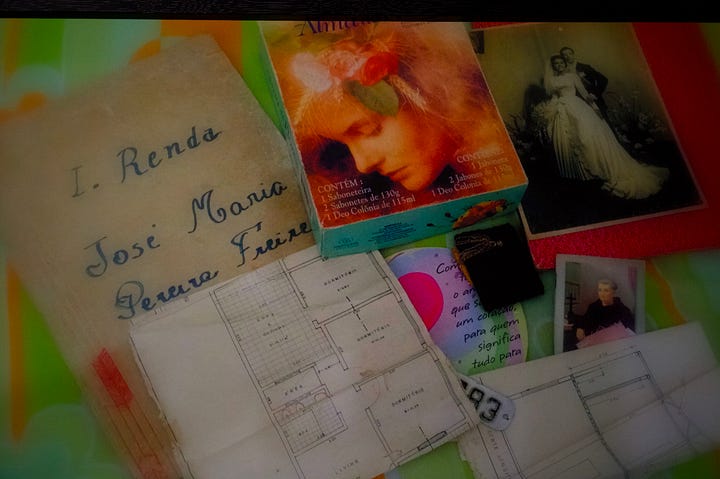
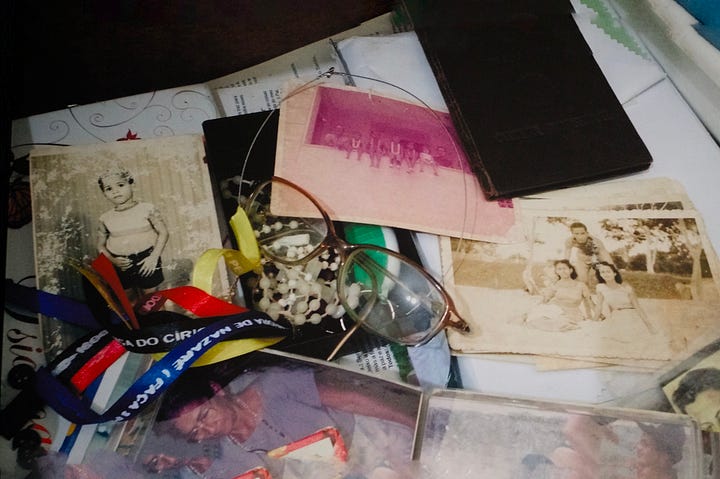
The exhibition reaffirms the power of the female gaze in contemporary artistic photography and makes a significant contribution to Brazilian visual history by preserving and celebrating perspectives that are often marginalized in official art circuits. Beyond its artistic value, “Vetores-Vertentes” represents an important political act of identity and territorial affirmation, demonstrating how art can be a powerful instrument of resistance and social transformation.
The exhibition is free and accessible to all, reinforcing the CCBB's commitment to democratizing access to culture. For those who wish to deepen their experience, there is also a complementary program that includes mediated visits with curator Sissa Aneleh and cultural performances such as the show “Vertentes: Ritmos do Pará”, which celebrates the musical diversity of Pará.



